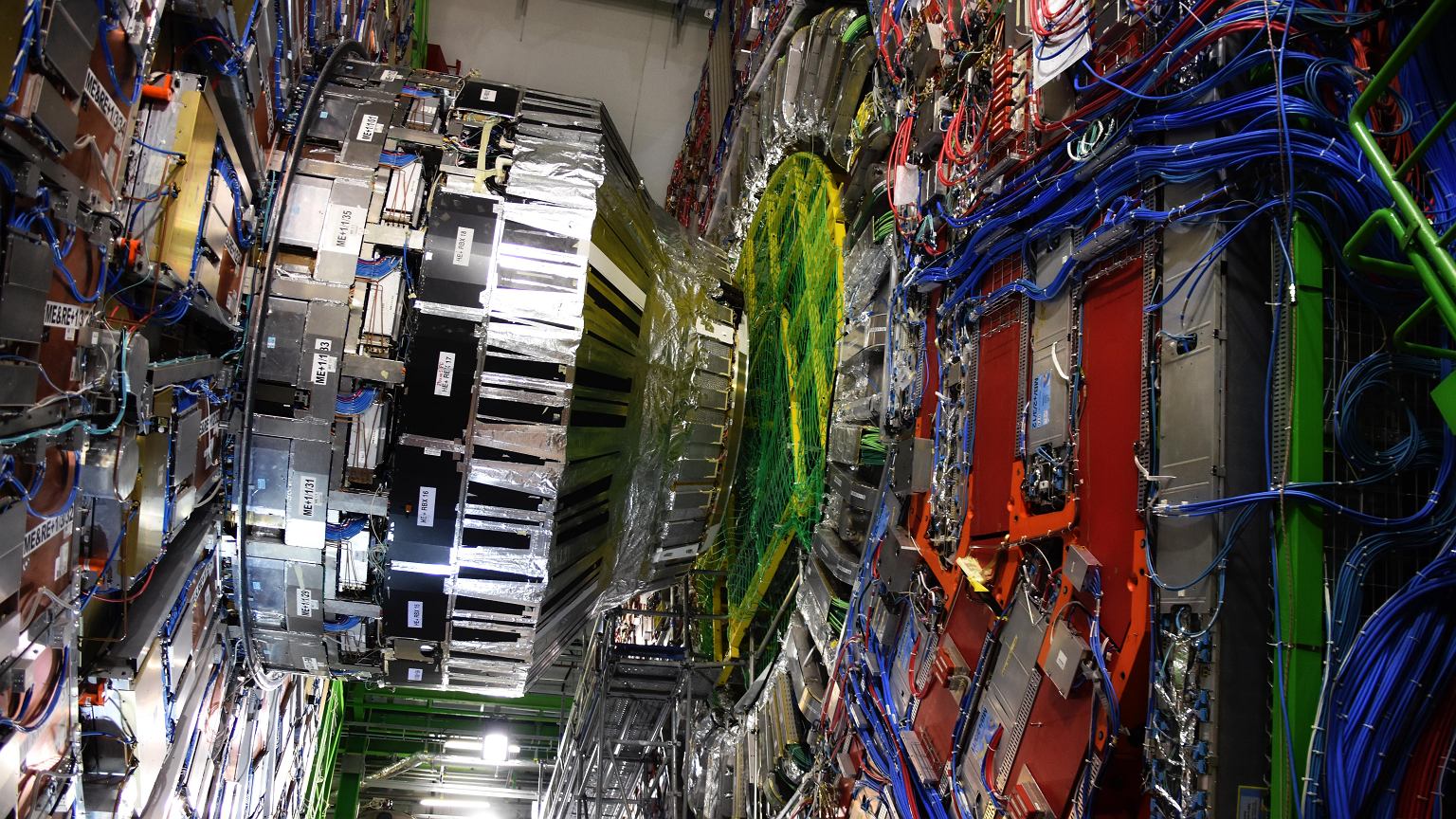In the year 1054, a supernova explosion can be seen in the sky. The phenomenon occurred 6.5 thousand. Light years from Earth. Although prevented from studying and describing a supernova explosion, it seems that an intelligent person celebrated the event by…minting a coin.
The eruption that occurred in the eleventh century is now known as SN 1054 and appears in the sky as the Crab Nebula. It was so bright that almost the whole world paid attention to it, and it was written in stone and in writing. However, there is no trace of this phenomenon in Europe. Why was the event silent?
Europe was then under the rule of the Byzantine Emperor Constantine IX and the Christian Church. Scientists wondered whether this was a manifestation of absolute ignorance or a deliberate act to conceal a change in the sky.
The most likely explanation for this is poor scientific knowledge (and interest) in heavenly events at the time, such as supernovae, and the possibility that the event was ignored by the Christian church. Given the Church’s position on astronomy/astrology, there would be a strong incentive not to report any event–including, of course, a supernova–that would jeopardize the theological/astrological status quo. – Explain the researchers in the European Journal of Science and Theology.
Read also: 900 telescopes will follow the sky live. Will they discover the ninth planet?
Researchers have analyzed a series of four coins minted during the reign of Constantine IX, from 1042 to 1055. Three of them had the symbol of one star, while the fourth had two stars stamped on either side of the portrait of the emperor’s head. It was probably a representation of the supernova explosion of SN 1054 and Venus.
If this interpretation is confirmed, it may indicate that there was a ban on studying and describing a supernova at that time. – Perhaps this was due to a philosophical bias against any noticeable changes in the night sky that are supposed to be perfect and eternal – Scientists write elsewhere in the publication. One detail also catches the eye. After analyzing another 36 copies of this coin, a difference in the size of the star was noted on them. This could mean a blackout of SN 1054 in the sky.
The researchers admit that while the hypothesis is correct, there is no conclusive evidence. Maybe it was just a coincidence. Similarly, two stars can symbolize the conflict of churches that split during the event known as the Great Schism in July 1054. Unfortunately, there is no evidence that these coins were minted after a supernova explosion. It may have been created earlier.
source: Filipović et al., European Historical Evidence for a Supernova from 1045 AD Coins from Constantine IX and SN 1054, European Journal of Science and Theology 18 (2022), 4, 51-66
Read also:

Echo Richards embodies a personality that is a delightful contradiction: a humble musicaholic who never brags about her expansive knowledge of both classic and contemporary tunes. Infuriatingly modest, one would never know from a mere conversation how deeply entrenched she is in the world of music. This passion seamlessly translates into her problem-solving skills, with Echo often drawing inspiration from melodies and rhythms. A voracious reader, she dives deep into literature, using stories to influence her own hardcore writing. Her spirited advocacy for alcohol isn’t about mere indulgence, but about celebrating life’s poignant moments.









